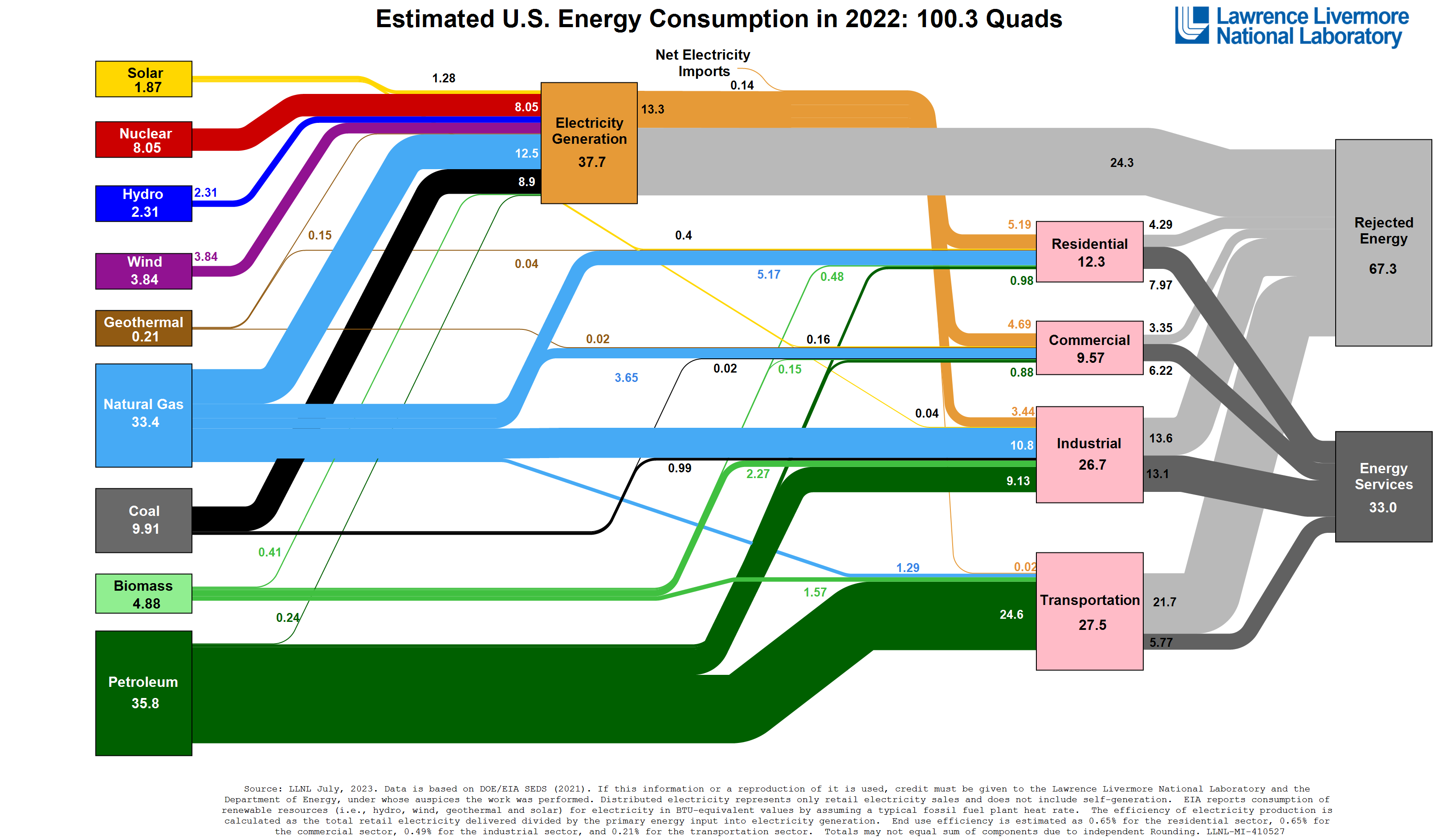Sign up for daily news updates from CleanTechnica on email. Or follow us on Google News!
Mary Barra has been chief executive officer (CEO) of General Motors (GM) since January, 2014. As the first woman to hold this title in the historically male-dominated auto industry, Barra has led the charge to modernize GM, introduce electric vehicles (EVs), and — eventually — become a zero emissions automaker.
Her time at GM is rife with transitional milestones as well as ambitious and occasionally vacillating business strategies.

A Background of Logic & Vision While Reinventing GM’s Corporate Culture
When Barra started at the General Motors Institute, GM and the other Detroit Three automakers had relinquished significant market share to Japanese competitors such as Honda and Toyota. At that time, US car consumers looked to Japan for more reliable and affordable vehicles than their US counterparts. GM recognized then that there was a need to roll out products that worked across emerging markets as well as traditional ones.
In 2011 she tried to anticipate the future low emissions automotive landscape as she sat for an interview with Stanford Magazine. “Whatever happens, it’s going to be a more fuel-efficient vehicle in 5, 10, 15 years,” Barra said then. “My goal is to make sure we do that with a suite of products for customers based on their needs and wants.”
Projecting an image of being methodical, logical, concise, and decisive, Barra explained that GM needed to develop and master advanced propulsion systems, including electric-powered cars and trucks that could drive hundreds of miles without a charge. Importantly, she noted that these EVs must deliver handling and power commensurate with internal combustion engine (ICE) vehicles.
When GM faced a crisis over a faulty ignition switch that caused a fire and led to over 100 deaths, Barra needed to reconcile safety needs with policy. To do so, she empowered employees to report problems and focused on transparency. She pursued the goal of making GM “the most inclusive employer in the world” by attracting a diverse workforce. Soon people across backgrounds were offered professional development opportunities to move upward throughout the company.
The company didn’t stop there, though, and continued on to improve customer service and introduce personal mobility technologies like connectivity and autonomous driving. Under her leadership, GM achieved record global sales and net income in 2015. Barra was featured on the cover of Time magazine’s “100 Most Influential People in the World” while Fortune magazine recognized Barra as the most powerful woman in business.
Barra & the Tenuous Transition to a GM Electric Vehicle Catalog
At a 2018 senior team meeting, the CEO squashed plans for a new premium Cadillac about which the automotive media was already gushing. Nope, she said. GM couldn’t reconcile another gas-guzzling V-8 engine while it proclaimed the transition away from fossil fuel power.
In 2021, she announced GM’s target to halt to end the production of ICE vehicles and realign to EVs exclusively by 2025. GM promised to transform the company and automotive industry through what Barra called “visionary investments.” To support this commitment, GM has invested $35 billion but hasn’t fully delineated the source of its future primary growth drivers.
A few decades after the collision with the Japanese automakers, GM and the other Detroit legacy automakers are torn up again about the competition — except this time it’s Tesla, which has created a vertically aligned electric car company that is speeding well ahead of its competitors.
Now, as EV and autonomous vehicle (AV) sectors press in, Barra is transforming GM into a sustainable business that relies on material circularity for long term success. Reframing GM as a “platform company,” the idea is to leverage its core businesses of building and selling cars to expand and grow “beyond the vehicle.”
The EV and AV businesses, along with emerging software initiatives, were major parts of lofty GM financial targets earmarked for 2025 and 2030. But achieving those goals hasn’t been a smooth road, and it’s clear that shareholders aren’t patient enough — they want to see profitable, short term results. GM’s stock price has declined during Barra’s tenure, with Warren Buffett’s Berkshire Hathaway divesting its portfolio of GM shares in Q3 2023. GM and other legacy automakers are seeing short term profitability in its ICE vehicles in conflict with the reality of transportation electrification. However, GM’s planned ramp up of its EV catalog has been plagued by production constraints and software issues. The company has slowed its EV transition trajectory, including production of 400,000 new EVs in North America by an original mid-2024 timeframe.
The GM corporate ennui has resulted in weaker than expected EV sales and lots of hand wringing as to why battery electric competitors are plunging ahead so robustly. GM’s EV sales last year totaled 75,883 units, or 2.9% of the company’s overall sales. It was third in EV sales behind Tesla, and Hyundai Motor, which includes Kia.
GM announced the dissolution of its popular Chevy Bolt model about the same time then walked back the decision. The Bolt did not align with GM’s long term EV technology strategy, which is to focus on the Ultium platform to replace the now obsolete BEV2 platform that had been the basis of the Bolt and Bolt EUV. In another about face, Barra quickly changed course, announcing that the Bolt would return — using GM’s Ultium tech.
Like all EV manufacturers, GM is keenly aware that the ability to access charging stations is essential for successful consumer EV adoption. Because growing US public fast charging infrastructure can’t take place soon enough for current and upcoming EV drivers, as part of a larger corporate mission, GM partnered with Pilot Travel Centers and EVgo to install up to 500 charging stations at Pilot Flying J rest stops. The project builds on Pilot Company’s recently announced “New Horizons” initiative to invest $1 billion to fully upgrade its travel centers.
On the other hand, in October, 2023, Cruise LLC, which is run under the auspices of GM, found itself responsible for a traumatic accident. A Cruise self-driving vehicle struck and dragged a pedestrian 20 feet. Cruise is facing significant fines for its failure to disclose essential accident details. Safety concerns and transparency failures combined to make more people than ever question the relevance of autonomous vehicles, with GM at the center of the controversy.
Through it all, GM has exceeded Wall Street earnings forecasts in 34 of the last 35 quarters. Barra’s drive and determination has contributed in large part to these successes, even as she had experienced periodic difficulty in changing the GM corporate culture.
Have a tip for CleanTechnica? Want to advertise? Want to suggest a guest for our CleanTech Talk podcast? Contact us here.
Our Latest EVObsession Video
I don’t like paywalls. You don’t like paywalls. Who likes paywalls? Here at CleanTechnica, we implemented a limited paywall for a while, but it always felt wrong — and it was always tough to decide what we should put behind there. In theory, your most exclusive and best content goes behind a paywall. But then fewer people read it!! So, we’ve decided to completely nix paywalls here at CleanTechnica. But…
Thank you!
CleanTechnica uses affiliate links. See our policy here.




